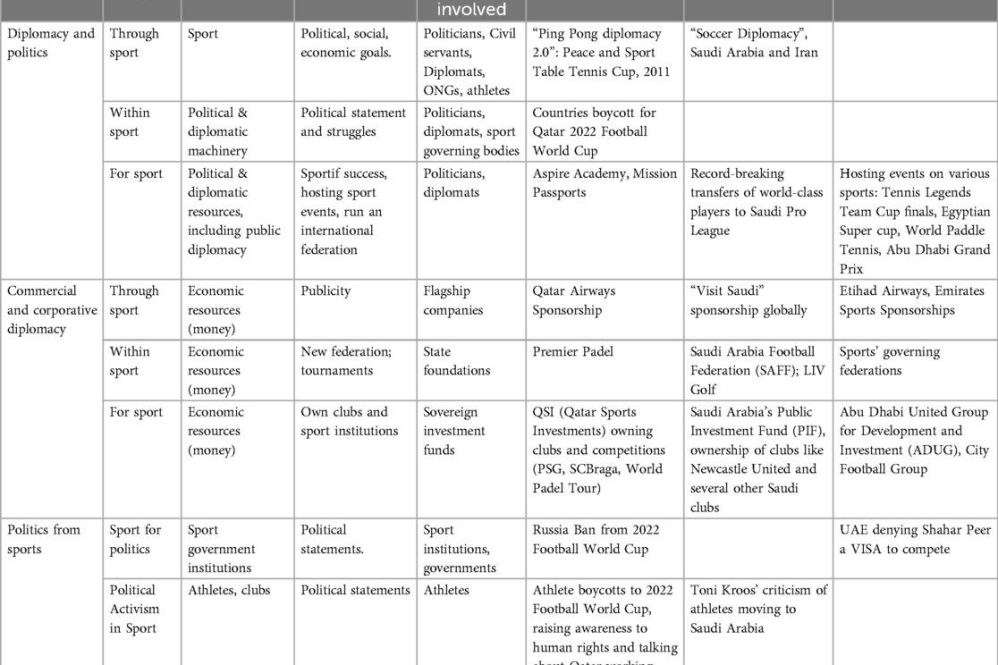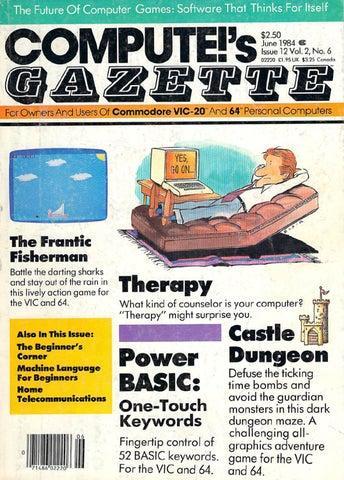Enhancing Golf Swing Technique: A Detailed Exploration
Golf is not merely a sport; it represents a sophisticated blend of skill, strategy, and physical fitness. As players aim to improve their game, the integration of educational insights from various disciplines—such as biomechanics, psychology, and sports science—becomes essential. This article explores how combining theoretical knowledge with practical application can significantly enhance performance on the golf course. By focusing on technique refinement, strategic course management, and physiological optimization, we illustrate how a holistic understanding of golf can lead to improved player outcomes and a greater appreciation for the sport. Bridging theory with practice enables golfers to sharpen their skills while developing a resilient mindset crucial for success in competitive environments.
The Importance of Theoretical Knowledge in Enhancing Golf Performance
The foundation of effective golfing lies in theoretical knowledge that supports practical skills development. Grasping fundamental concepts such as biomechanics and physics equips golfers with the necessary tools to elevate their performance. For example, understanding how body angles influence swing dynamics allows players to make adjustments that enhance both power and precision. This intellectual framework facilitates the implementation of drills designed to reinforce these principles, creating an environment conducive to continuous improvement.
Recognizing varying playing conditions is also vital for informed decision-making on the course. Golfers must develop an awareness of course management that combines analytical thinking with instinctive responses. Factors like green speed, wind conditions, and hazard placements require both strategic analysis and experiential learning. By reviewing past performances and simulating diverse scenarios during practice sessions, players can sharpen their strategic thinking abilities.






